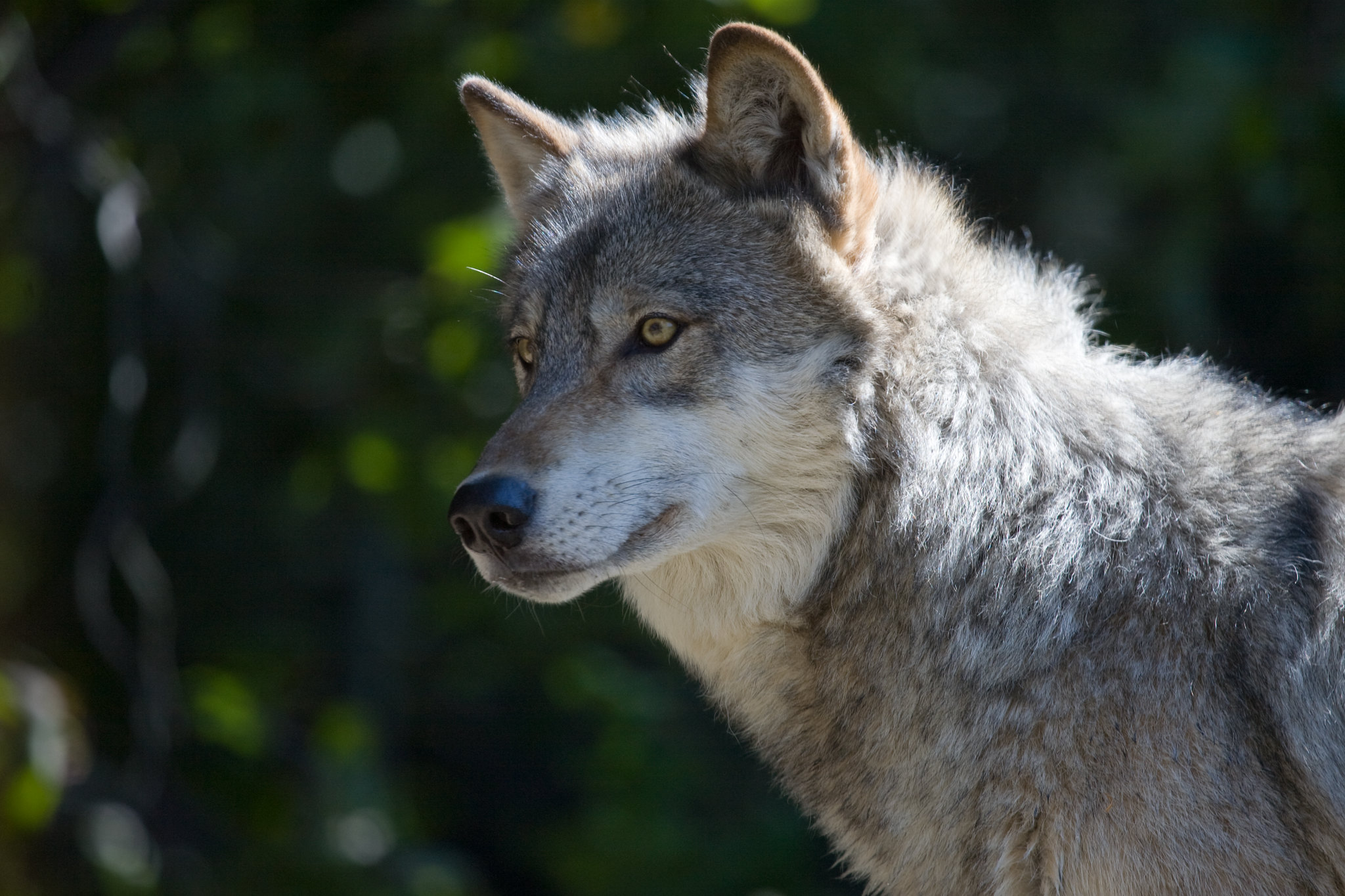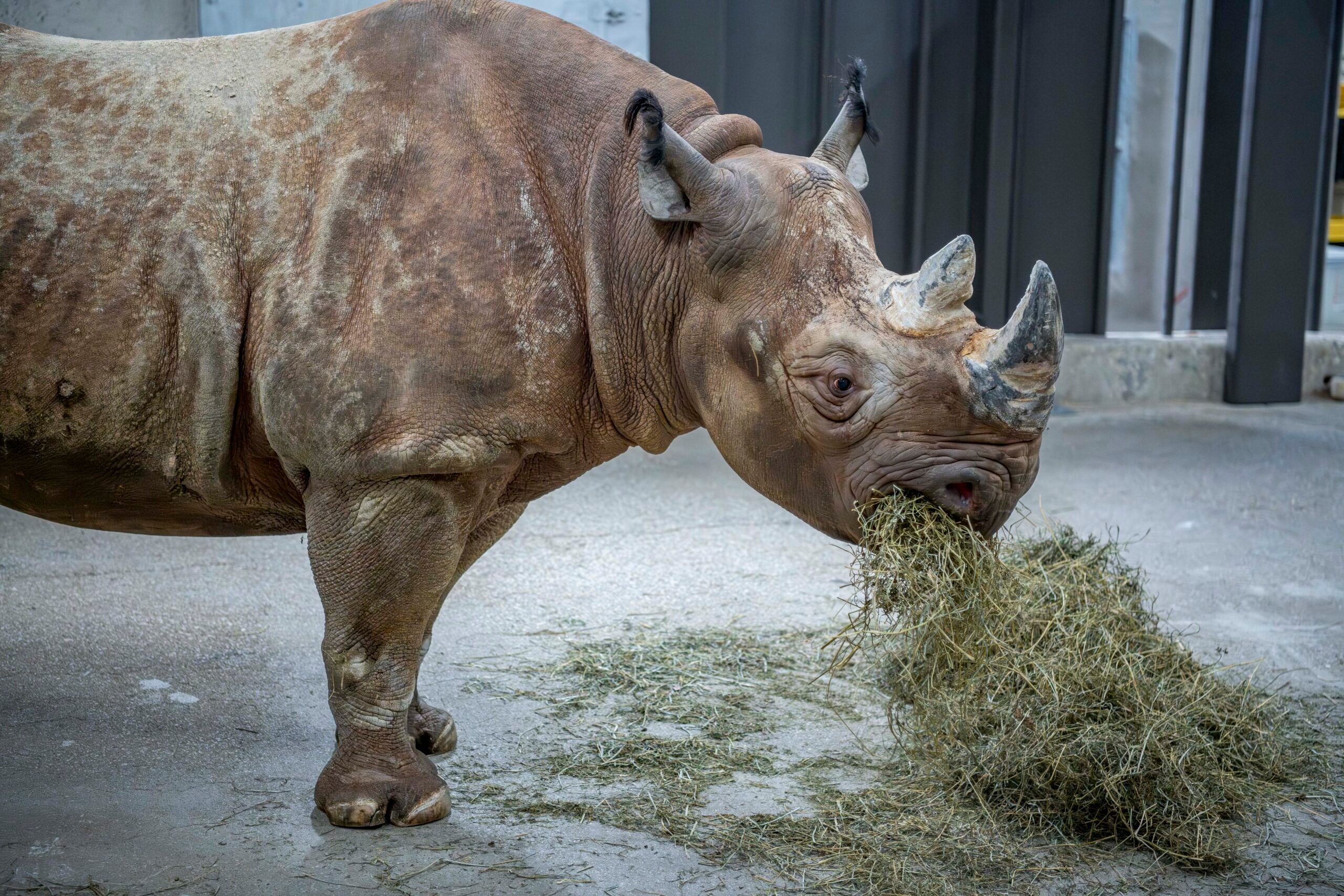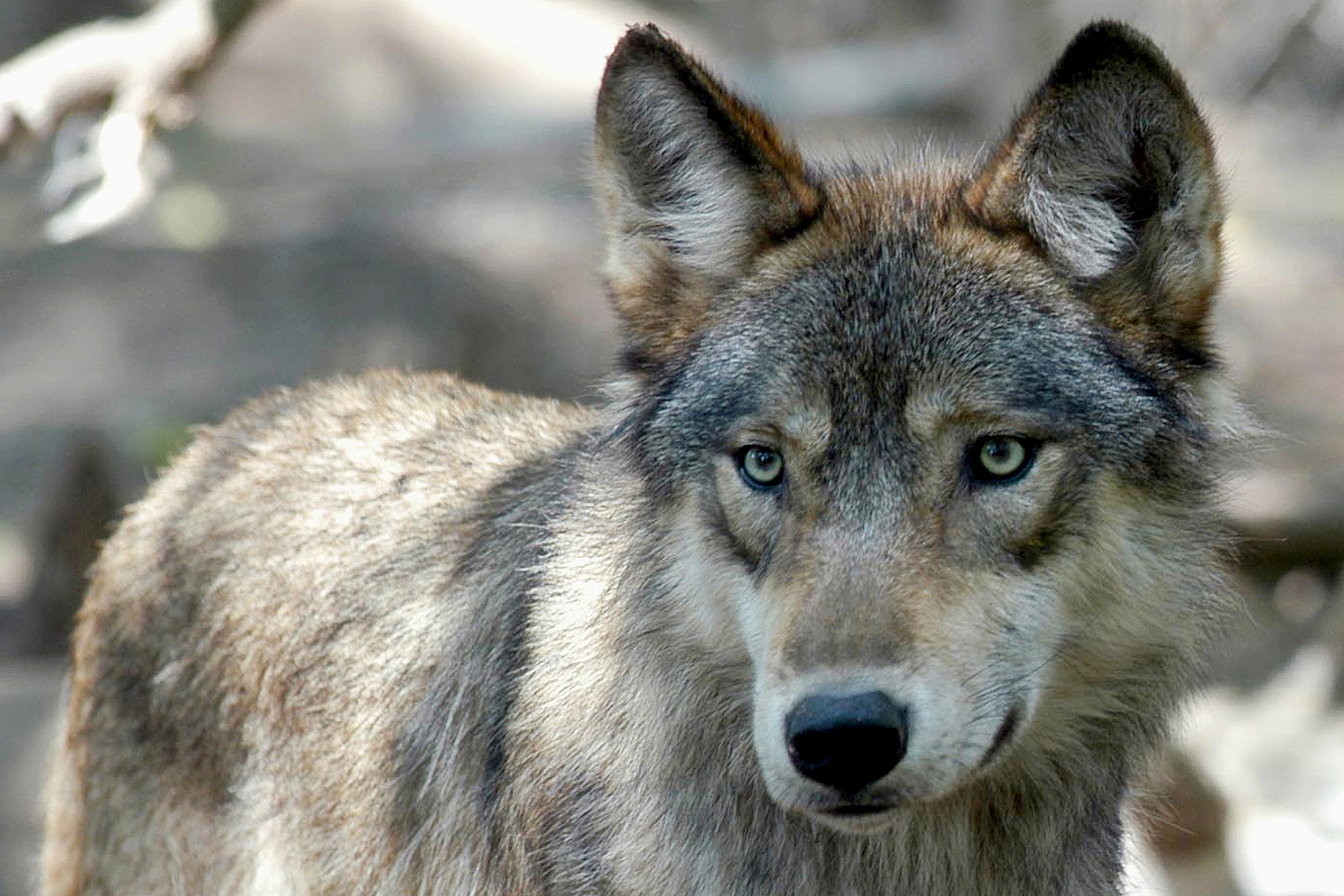Wisconsin’s gray wolves would lose their endangered species status under a bill being introduced by Democratic U.S. Sen. Tammy Baldwin.
Baldwin’s bill follows decades of legal and political battles over whether the wolf population has recovered enough to warrant dropping federal protections. Her “Northern Great Lakes Wolf Recovery Act” would take a somewhat novel approach by expanding the definition of Minnesota’s wolf population — which has been federally listed as “threatened” since 1978 — to include wolves in Wisconsin and the Upper Peninsula of Michigan.
The threatened designation allows wolves to be killed if they threaten humans, pets or livestock.
News with a little more humanity
WPR’s “Wisconsin Today” newsletter keeps you connected to the state you love without feeling overwhelmed. No paywall. No agenda. No corporate filter.
“I have long supported commonsense efforts to delist the gray wolf in Wisconsin because the science shows that the population has recovered in the Great Lakes region,” Baldwin said in an emailed statement. “While other parts of the country have different wolf populations and management needs, this legislation will allow our agriculture, Tribal, scientific, and impacted communities to come together to create a solution that works for Wisconsin.”
The bill also seeks to create a regional wolf advisory committee made up of stakeholders including tribes, state agencies and wolf biology experts along with representatives from the Bureau of Indian Affairs, the U.S. Department of Agriculture and U.S. Forest Service. The group would work with the U.S. Fish and Wildlife Service on a new proposal to remove wolves from the endangered list and draft a new “post-delisting monitoring plan” for gray wolves in the region.
Fred Clark is the executive director of Wisconsin conservation group Green Fire. He told Wisconsin Public Radio the organization isn’t taking a position on Baldwin’s bill, but it’s supported delisting wolves in the northern Great Lakes region. He said lawmakers in states eager to dramatically reduce wolf populations are the biggest threat to the delisting goal.
“We can maintain a larger population of wolves on the landscape if we have a responsible management program that includes hunting, that includes lethal controls for problem animals and includes monitoring and public education.” Clark said.
Collette Adkins is a senior attorney and carnivore conservation director with the Center for Biological Diversity. The group has been involved in numerous lawsuits to block efforts to remove federal protections for wolves. Decisions about the listing status shouldn’t be made by political appointees to the Fish and Wildlife Service or by politicians, Adkins said.
“The Endangered Species Act requires that decisions about listing be made on the basis of the best available science,” Adkins said. “That makes sense and that’s how it should be done.”
Gray wolves in the Great Lakes states have had an on-again, off-again relationship with the Endangered Species Act over the past decade. In 2012, the federal government removed wolves in Michigan, Minnesota and Wisconsin and portions of other states from the list of protected species.
Republican state lawmakers, who have claimed there are too many wolves in Wisconsin, quickly passed legislation establishing wolf hunts that took place in 2012, 2013 and 2014. Then, wolves were re-listed following a federal court ruling.
In late 2020, the U.S. Fish and Wildlife Service announced gray wolves, except for the Mexican wolf, would be pulled from the endangered species list once more in the lower 48 states the following year. The agency said the decision showed a “continued commitment to species conservation based on the parameters of the law and best scientific and commercial data available.”
Environmental and conservation advocacy groups sued the federal agency in 2021 to block the delisting.
While that case worked its way through federal court, the possibility of a Wisconsin wolf hunt was back on the table. The state Department of Natural Resources made plans to hold another hunt in November 2021, but Kansas-based advocacy group Hunter Nation successfully sued to force a hunt in February of that year, in which 218 wolves were killed in less than 72 hours. The result: Wisconsin’s wolf population fell around 14 percent to around 972 animals. Still, DNR Large Carnivore Specialist Randy Johnson said at the time data indicated the population was stable.
“We’ve seen that Wisconsin just cannot be trusted to manage wolves,” Adkins said. “If they ever want to have protections removed, they need to show that they’re capable of doing it and not condoning such a brutal slaughter of those wolves.”
In February 2022, a federal judge placed gray wolves back on the endangered species list.
Frustration over the legal back and forth has spurred legislation from members of Wisconsin’s congressional delegation. In March 2022, Republican U.S. Sen. Ron Johnson teamed up with Baldwin to introduce a bill to delist gray wolves in Wisconsin, Michigan, Minnesota and Wyoming. In February, Republican U.S. Rep. Tom Tiffany teamed up with U.S. Rep. Lauren Boebert of Colorado to introduce the “Trust the Science Act” aimed at removing all gray wolves in the lower 48 states from the endangered species list.
Wisconsin Public Radio, © Copyright 2025, Board of Regents of the University of Wisconsin System and Wisconsin Educational Communications Board.




